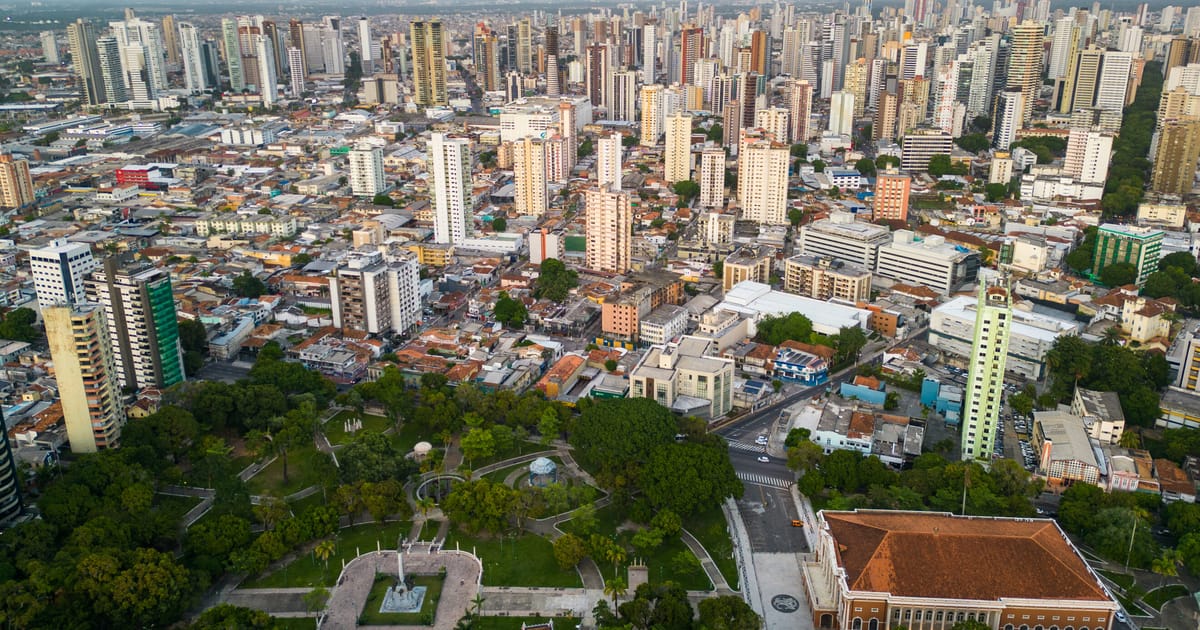

As the world navigates through an era of shifting climate dynamics, a harmonious yet challenging portrayal of the Earth’s atmospheric canvas emerges. Each region experiences its own unique climatic events, weaving a narrative that underscores the diverse manifestations of global weather patterns.
In Brazil, preparations are underway for November’s pivotal climate conference in the city of Belém. As COP30 approaches, concerns about accommodation logistics have come to the forefront. Brazil is making concerted efforts to assure international delegates that there will be adequate and affordable hotel options available, aiming to provide a smooth and welcoming experience for those attending this significant event. This endeavor is emblematic of Brazil’s dedication to championing sustainable dialogues and actions on the global stage.
While Brazil readies itself for these discussions, Sydney braces for a different type of challenge. Meteorological forecasts predict that a developing east coast low will bring torrential rain and damaging winds to parts of New South Wales early next week. This imminent weather system poses risks of flash and river flooding, particularly placing the Sydney metropolitan area in potential jeopardy. The Bureau of Meteorology’s warnings aim to equip residents with the foresight needed to prepare adequately, highlighting the interconnected nature of understanding and mitigating climate impacts.
Across the globe, Europe finds itself enveloped in the warmth of its first major heatwave of the year. Authorities in Spain, Portugal, Greece, and France have issued alerts as temperatures soar to 42°C. Advisories concerning extreme heat, wildfires, and health are echoing throughout these regions, as residents adapt their daily lives to cope with the soaring heat. This particular heatwave serves as a poignant reminder of Europe’s rapid warming, encouraging communities to continue fortifying their resilience strategies.
Meanwhile, in the United States, the past week showcased an array of climate-related challenges instigated by an intense heatwave. From a “mass-casualty event” involving fainting high-schoolers in New Jersey to buckling roads in South Dakota and Nebraska, the country confronts the multifaceted implications of rising temperatures. Such events accentuate the importance of broader awareness and preparedness in a world where these occurrences may become increasingly common.
In Portugal, the scenario is interwoven with cautionary tones as well. Seven districts are placed under a red alert due to the effects of a mass of hot air promoting warm and dry weather conditions. This climate backdrop requires vigilant monitoring and response from both governing bodies and local communities.
In a parallel thread, the community of Penafiel contends with the remnants of a wildfire outbreak. Firefighters from Penafiel and Castelo de Paiva efficiently managed to bring the situation under control, underscoring the strength found in swift and collaborative emergency responses. The instance serves as an affirmation of the dedicated efforts by local heroes to safeguard their communities against climatic adversities.
From Brazil to Europe, New South Wales to the United States, this tapestry of events reveals the myriad ways in which regions work to adapt and respond to the reality of climate change. The dialogues at COP30, the strategic preparations in Sydney, the public advisories in Europe, and the collective resilience efforts in the United States all serve as intricate notes in the composition of global climate actions. Through understanding, preparedness, and resilience, the world continues to navigate these symphonic extremes with a shared purpose and resolve.
Source: {link}
